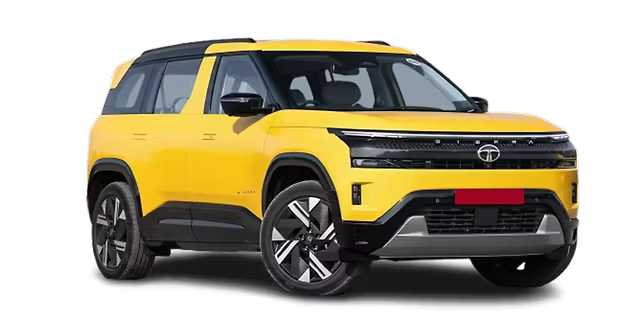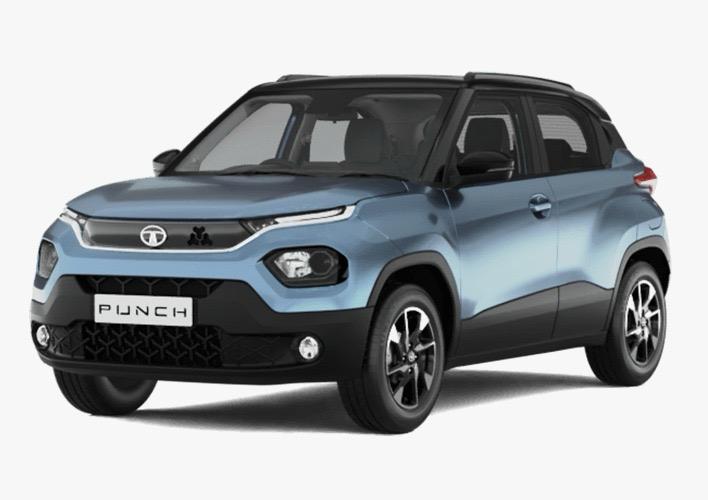Your Shopping Cart Is Empty

- Make sure vehicle is on a flat leveled surface
- Start the engine and allow it to reach the normal operating temperature
- Then, wait for five min for the oil to return back to pan
- Pull the dipstick out, wipe it clean and re-insert it fully
- The level should be between the 2 dots( high and low)
Engine Coolant Level

Never attempt to remove the radiator cap whilst the engine is operating
- The coolant level should be between F (MAX) and L (MIN) marks on the side of the coolant auxiliary tank, when the engine is cool
- If the coolant level is low, bring the level to F (MAX), but do not overfill Checking The Brake Fluid Level
Checking The Brake Fluid Level

- Be sure the vehicle is on flat ground
- The level of the brake and clutch fluid should be between MAX and MIN marks on the fluid container. Before removing the reservoir cap and adding brake fluid, clean the area around the reservoir cap thoroughly to prevent brake fluid contamination
- If the level is low, add fluid to the MAX level
- In case of spongy or hard or low brake efficiency, please contact the nearest authorised workshop
Checking The Washer Fluid Level

- Windshield washer fluid container contains a translucent liquid
- Do not add detergent or solvent in the windshield washing water
Power Steering Fluid

- The level of the power steering fluid shall be between the MIN and MAX marks on the sides of the power steering fluid container
- If level falls below MIN, please add the recommended fluid
- In case of leakage and hard steering, visit authorised workshop
- Do not start the engine without oil, in power steering system
- Check battery for corrosion on terminals
- You can remove it and cover it with water and baking soda solution
- Check the electrolyte level against the marking on the battery outer case
- Keep the terminals dry
- Keep the terminals coated with jelly
Always disconnect the negative terminal first and reconnect it last
- In order to protect your vehicle from corrosion, it is recommended that you wash your vehicle thoroughly and frequently
- There is a heavy accumulation of dirt and mud, especially on the underbody
- The underbody must be thoroughly pressure washed after every three months
- Regularly inspect your vehicle for any damage in the paint film such as deep scratches and immediately get them repaired from any authorized service outlet, as these defects tend to accelerate corrosion
- Inspect mud liners for damages
- Keep all drain holes clear from clogging
- Prevent perfume and cosmetic oil from contacting the dashboard. If they do, wipe off immediately
- Remove dust and loose dirt from the upholstery using a vacuum cleaner, at regular intervals
- If the interior glass surface of the vehicle become fogged due to deposition of oily, greasy and waxy film, the same must be cleaned using a glass cleaner
- If the carpet becomes wet, do not let it be there for long, it may create a musty smell and corrode the floor
Wiper Care
- Wiper blade attack angle on windshield glass should be 900 i.e. perpendicular
- Remove wiper blade and root wiper arm on windshield glass in the centre position. Check the gap between arm strip and glass
These tips are to be followed in case of an emergency. The vehicle should then be attended to, in an Authorised Service outlet.
|
Sr. No |
Problem Observed |
Probable Cause |
Action to be taken |
|
1 |
Engine not cranking |
Loose or bad battery / electrical connections |
Check ignition fuse. Clean and tighten connections. |
|
2 |
Engine cranks but does not start |
Air in the fuel system |
Get the air removed by bleeding. |
|
3 |
Engine overheats |
Engine fan not working |
Check / replace the cooling fan fuse. |
|
4 |
Non-functional electrical accessories such as power windows, head lamps, fuel and temp. gauge, RPM meter, wiper and washer unit and all lamps |
Fuse blown in the circuit. Loose connectors. Circuit relay / controllers loose in the base. |
Replace the fuse, if blown. Get the Connection properly tightened / fixed. Fix the relay firmly. |
- Gear shifting should be gradual according to varying speeds. Avoid rapid acceleration and prolonged high-speed running of the engine while using the new vehicle, for the first 1500-1800 km of operation
- Slow down before shifting to a lower gear. This will help for avoiding revving of the engine causing damage
- Avoid frequent brake application which can cause overheating of brakes
- Slower the vehicle speed while travelling in cross winds. This gives much better control over the vehicle
- Avoid high speed when cornering or turning
- Make sure that vehicle is completely stationary before you attempt to shift in reverse gear. This will avoid damage to the transaxle
- Drive slowly on wet roads. Wet roads reduce vehicle traction and affect your ability to stop and accelerate
When the vehicle leaves the roadway, do not steer sharply. Slow down slightly before pulling back into the travel lanes.














